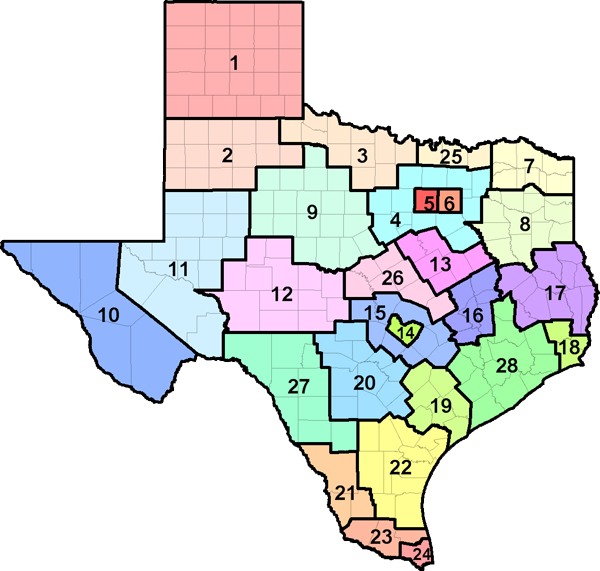The U.S. Department of Labor has developed an automated occupational information database, O*NET, that identifies and describes work content, work skills, and training requirements for all jobs across the country in all sectors of the economy. Much of the occupational information contained in this report is derived directly from the O*NET database, and supplemented with information from the Bureau of Labor Statistics, Census Bureau, and Labor Market and Career Information.

| Industry | % of Actors employed | Annual Growth Rate |
|---|---|---|
| Motion picture and video industries | 24.9 | -0.05 |
| Accounting, tax preparation, bookkeeping, and payroll services | 22.2 | 0.23 |
| Amusement parks and arcades | 7.9 | 0.63 |
| Performing arts companies | 5.7 | 0.22 |
| Colleges, universities, and professional schools | 5.3 | 0.24 |
| 2024 Statewide average hourly wage | $30.74 |
| 2024 National average hourly wage | $44.40 |
| 2022 National employment | 78,100 |
| 2022 Texas employment | 748 |
| Texas projected employment by 2032 | 815 |
| Texas projected annual employment and Turnover openings through 2032 | 96 |

| Region | Employment | Projected Employment 2032 | Projected Annual Openings 2032 |
Annual Growth Rate |
Average Income |
|---|---|---|---|---|---|
| Texas (all regions) | 748 | 815 | 96 | 0.86% |
|
| Top 10 Relevant Knowledge Areas | Relevant Importance Levels |
|---|---|
| Fine Arts Knowledge of the theory and techniques required to compose, produce, and perform works of music, dance, visual arts, drama, and sculpture. |
|
| English Language Knowledge of the structure and content of the English language including the meaning and spelling of words, rules of composition, and grammar. |
|
| Communications and Media Knowledge of media production, communication, and dissemination techniques and methods. This includes alternative ways to inform and entertain via written, oral, and visual media. |
|
| Sociology and Anthropology Knowledge of group behavior and dynamics, societal trends and influences, human migrations, ethnicity, cultures, and their history and origins. |
|
| Psychology Knowledge of human behavior and performance; individual differences in ability, personality, and interests; learning and motivation; psychological research methods; and the assessment and treatment of behavioral and affective disorders. |
|
| Customer and Personal Service Knowledge of principles and processes for providing customer and personal services. This includes customer needs assessment, meeting quality standards for services, and evaluation of customer satisfaction. |
|
| Sales and Marketing Knowledge of principles and methods for showing, promoting, and selling products or services. This includes marketing strategy and tactics, product demonstration, sales techniques, and sales control systems. |
|
| Education and Training Knowledge of principles and methods for curriculum and training design, teaching and instruction for individuals and groups, and the measurement of training effects. |
|
| History and Archeology Knowledge of historical events and their causes, indicators, and effects on civilizations and cultures. |
|
| Administration and Management Knowledge of business and management principles involved in strategic planning, resource allocation, human resources modeling, leadership technique, production methods, and coordination of people and resources. |
| Top 10 Relevant Skill Areas | Relevant Importance Levels |
|---|---|
| Reading Comprehension Understanding written sentences and paragraphs in work-related documents. |
|
| Speaking Talking to others to convey information effectively. |
|
| Active Listening Giving full attention to what other people are saying, taking time to understand the points being made, asking questions as appropriate, and not interrupting at inappropriate times. |
|
| Social Perceptiveness Being aware of others' reactions and understanding why they react as they do. |
|
| Critical Thinking Using logic and reasoning to identify the strengths and weaknesses of alternative solutions, conclusions, or approaches to problems. |
|
| Time Management Managing one's own time and the time of others. |
|
| Monitoring Monitoring/Assessing performance of yourself, other individuals, or organizations to make improvements or take corrective action. |
|
| Judgment and Decision Making Considering the relative costs and benefits of potential actions to choose the most appropriate one. |
|
| Writing Communicating effectively in writing as appropriate for the needs of the audience. |
|
| Coordination Adjusting actions in relation to others' actions. |
| Top 10 Relevant Abilities | Relevant Importance Levels |
|---|---|
| Oral Expression The ability to communicate information and ideas in speaking so others will understand. |
|
| Oral Comprehension The ability to listen to and understand information and ideas presented through spoken words and sentences. |
|
| Written Comprehension The ability to read and understand information and ideas presented in writing. |
|
| Memorization The ability to remember information such as words, numbers, pictures, and procedures. |
|
| Speech Clarity The ability to speak clearly so others can understand you. |
|
| Originality The ability to come up with unusual or clever ideas about a given topic or situation, or to develop creative ways to solve a problem. |
|
| Near Vision The ability to see details at close range (within a few feet of the observer). |
|
| Problem Sensitivity The ability to tell when something is wrong or is likely to go wrong. It does not involve solving the problem, only recognizing that there is a problem. |
|
| Fluency of Ideas The ability to come up with a number of ideas about a topic (the number of ideas is important, not their quality, correctness, or creativity). |
|
| Selective Attention The ability to concentrate on a task over a period of time without being distracted. |